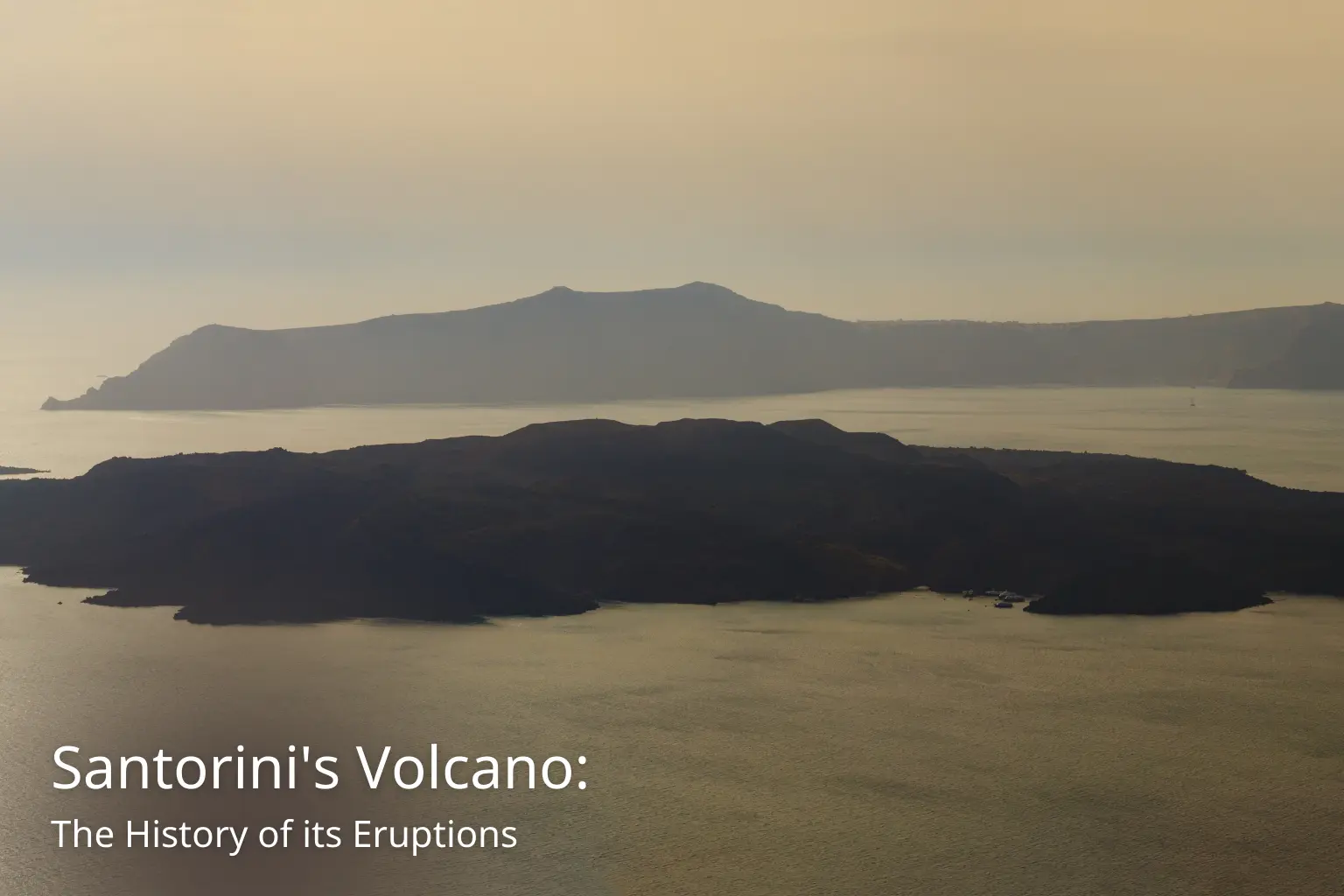Santorini is one of the most famous islands in Greece, known for its picturesque landscapes and breathtaking sunsets. However, the island also has a tumultuous history of volcanic eruptions that have shaped its landscape and impacted its inhabitants. In this article, we’ll take a closer look at the history of Santorini‘s volcanic eruptions, from their causes to their effects on the island and beyond.
The Formation of Santorini‘s Volcanic Caldera
To understand Santorini‘s volcanic eruptions, it’s important to know how the island was formed. Santorini is a caldera, which is a large volcanic crater formed by the collapse of a volcano after a massive eruption. The Santorini caldera is thought to have been formed around 3,600 years ago when a massive eruption caused the central part of the island to collapse into the sea.
The Minoan Eruption
The most famous eruption in Santorini‘s history is the Minoan eruption, which occurred around 3,600 years ago. This eruption was one of the largest volcanic events in recorded history and is thought to have caused significant damage to the Minoan civilization on the nearby island of Crete.
The effects of the Minoan eruption were far-reaching, with ash and pumice deposits found as far away as Egypt and Turkey. Some scholars have even suggested that the eruption may have inspired the legend of Atlantis.
Later Eruptions
While the Minoan eruption is the most famous, it was not the only volcanic event to occur on Santorini. The island has experienced several smaller eruptions throughout its history, with the most recent occurring in 1950.
While these eruptions have not been as devastating as the Minoan eruption, they have still had a significant impact on the island’s landscape and inhabitants. For example, the 1707 eruption caused significant damage to the island’s vineyards, which are an important part of its economy.
The Future of Santorini‘s Volcanic Activity
While Santorini‘s volcanic activity has been relatively quiet in recent years, scientists continue to monitor the island for signs of future eruptions. The island’s volcanic history and location in a region known for seismic activity mean that it is always at risk of another eruption.
However, thanks to advances in technology and monitoring techniques, scientists are better equipped than ever to predict and prepare for future volcanic activity on Santorini. This means that, while the island may never be completely free from the threat of eruptions, its inhabitants and visitors can feel safe knowing that measures are in place to protect them.
Santorini‘s volcanic eruptions have left an indelible mark on the island’s landscape and history. From the devastating Minoan eruption to the smaller eruptions of recent years, these events have shaped the island’s identity and impacted its inhabitants in profound ways. While the threat of future eruptions remains, the island’s resilience and the dedication of scientists to monitoring and preparing for these events mean that Santorini can continue to thrive as a beautiful and beloved destination for tourists from around the world.
There are several ways to discover Santorini‘s volcano, including taking a boat tour to see the caldera and hot springs, hiking to the top of the volcano, or visiting the archaeological site of Akrotiri with a guide, which was buried by volcanic ash in the Minoan eruption. Visitors can also learn about the island’s volcanic history at the Museum of Prehistoric Thera and the Lost Atlantis Experience Museum.

